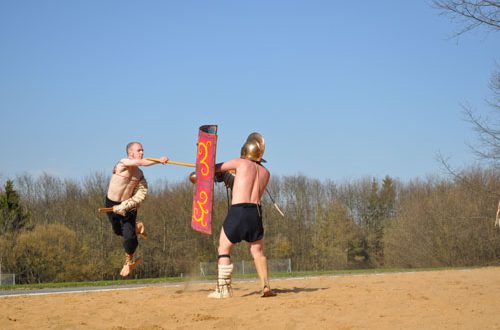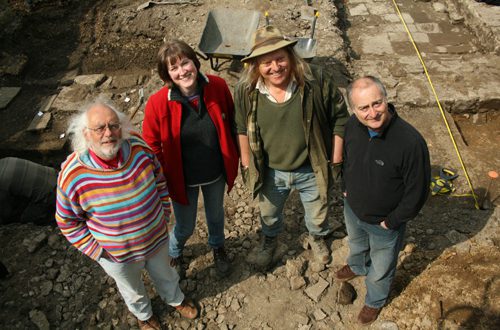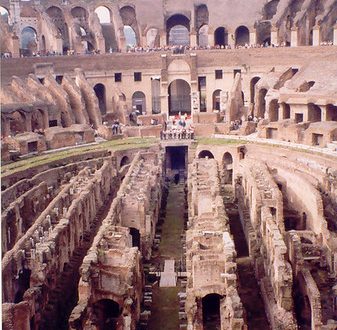Caistor St Edmund is a sleepy village in the Norfolk countryside with no more than 300 or so villagers. Not the kind of place you expect to find the provincial centre of some of the most aggressive and violent Celts to have fought the Romans in ancient Britain. But archaeologists are convinced that beneath the small village and its surrounding fields, to the south of Norwich, lie the ruins of the Roman town of Venta Icenorum, established in Iceni territory in the aftermath of Boudica‘s famous rebellion against the Roman governor in 60-61 AD. The Roman town was in fact built on top of the Celtic settlement.
One of the key aspects of the site at Caistor St Edmund is that after the ninth century AD it was abandoned in favour of Norwich, at which point it reverted to green fields. This means it offers an exciting excavation opportunity, as it is not covered by a modern town – unlike many other Roman towns in Britain.
The project hopes to establish whether the Roman town was built on the site of an Iceni stronghold as punishment following Boudica’s revolt, or if it was built on the settlement of an Iceni faction that did not support the rebellion.

The site was first excavated in 1929 after lines suggesting buried structures were seen in aerial photos of barley fields. A more recent geophysical survey, which used a Caesium Vapour magnetometer, has shown that there are even prehistoric remains beneath the town dating from the Iron Age. The survey, carried out in 2007, also produced clear images of Roman Caistor, including a street plan, the network of water supplies and several public buildings, including public baths.
The new archaeological project, which the public can visit free of charge between 29 August and 19 September, will explore the pre-Roman structures found in the geophysical survey. The lead archaeologist on the project is Dr Will Bowden, associate professor of Roman archaeology at the University of Nottingham. He told the BBC: “Caistor is one of the most important but least understood sites of Roman Britain. To have the opportunity to excavate here is the chance of a lifetime.”
Keep updated with the Caistor project by reading their blog here.
Photos by Steve Punter and Mike Page.



